Published:
Author: Antonio Maria Guerra
Tomato Bruschetta
HISTORY, INFO, PLACES, INTERESTING FACTS

Tomato bruschetta is one of the most famous Italian appetizers. Its recipe includes just a few ingredients: bread, tomato, olive oil, basil, and garlic. Their taste and color brings to mind the Classical Age, a time of long past when Roman merchant ships crossed the Mediterranean Sea, carrying jars full of wheat and wine.

The origins of bruschetta.
It’s very difficult to establish exactly the true origins of the bruschetta, since there is no reliable historical evidence. Anyway, there is a good number of very interesting clues. Many experts think that its birthplace was probably located in an area between two Italian Regions: Tuscany and Lazio.
Let’s see what makes such a hypothesis plausible.
 This sort of investigation should start by examining the name: ‘bruschetta’ comes from the verb ‘bruscare’, part of a primitive dialect once used in Rome and in the Lazio Region. Over time, this verb evolved and became part of the Italian language, as proved by its presence in the famous Treccani dictionary. The English translation is ‘to toast’, something that indicates how to prepare the slices of bread.
This sort of investigation should start by examining the name: ‘bruschetta’ comes from the verb ‘bruscare’, part of a primitive dialect once used in Rome and in the Lazio Region. Over time, this verb evolved and became part of the Italian language, as proved by its presence in the famous Treccani dictionary. The English translation is ‘to toast’, something that indicates how to prepare the slices of bread.
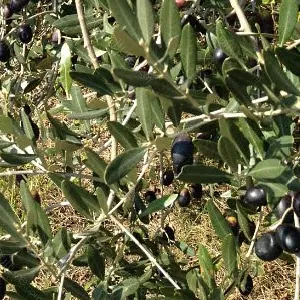 Now let’s examine a key ingredient for the classic bruschetta: olive oil. The ancient and mysterious Etruscan people were the first to use it in their religious ceremonies, as a medicine and as fuel for lamps. It was produced by cold pressing the olives harvested in an area between Tuscany and Lazio.
Now let’s examine a key ingredient for the classic bruschetta: olive oil. The ancient and mysterious Etruscan people were the first to use it in their religious ceremonies, as a medicine and as fuel for lamps. It was produced by cold pressing the olives harvested in an area between Tuscany and Lazio.
Many years later, the Romans understood its great value and started using it as food.
The first ‘prototype’ of bruschetta was most probably invented by a Roman agricola: a farmer checking the quality of the olive oil he produced.
It’s important to remember that these information are just clues, but still very useful to learn something more about bruschetta and to look in the right direction when looking for its true origins.

Bruschetta: the origin of the name.
Some experts think that the word ‘bruschetta’ may come from the name of an instrument once used in Italy by cattle breeders: the ‘brusca’. It was a rough brush, meant to clean up oxen and horses from dead hair. Its shape was very similar to that of a bruschetta.

Music for tomato bruschetta.
Ancient Etruscan music is probably the best choice to accompany the reading of an article about bruschetta.

The colors of tomato bruschetta: the brown of bread.
Tuscany is without doubts one of the most famous Italian Regions in the world, thanks to its fascinating history and to the beauty of its cities, landscapes and monuments. Impossible not to mention its food.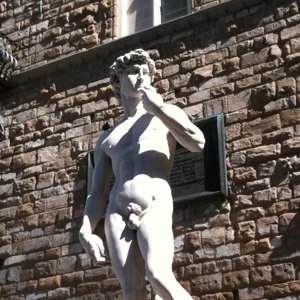
In this region, bruschetta is also known as ‘fettunta’, a name that means ‘oily slice’: it’s delicious, thanks to the local olive oil and the strong flavor of garlic. The traditional recipe generally does not include tomato. A fundamental ingredient is the particular type of bread used to prepare it: the ‘Tuscan’ bread (‘pane toscano’), also known as ‘pane sciocco’.
Its main characteristic is that it’s made without salt: a tradition started in the XII century, when the Maritime Republic of Pisa, historic enemy of Florence (*1), de facto stopped the supply of salt to this city by increasing its already high price (*2) with a huge amount of taxes.
Read more
The Florentines did not lose heart and started to make bread without it. They realized to like the ‘new’ bread even more since it was just perfect for their tasty food. In time, the power of Florence grew and this practice spread to great part of Tuscany.
‘Pane sciocco’ is prepared still today: a fascinating tradition that time can not erase.
Notes:
(*1): There is a famous Florentine saying: “it’s much better a dead in your house than a Pisan at your door” (“meglio un morto in casa che un pisano all’uscio”).
(*2): In many cultures ‘salty’ means also ‘expensive’: that’s because in the past salt was very high-priced.

The colors of tomato bruschetta: the green of olive oil.
The oil used to season almost every kind of bruschetta is produced by cold pressing olives. These are the fruits of the ‘olea europaea’, a plant originally from the Middle East, also known as ‘European olive’. The mechanical pressing of olives is a fundamental requisite for ‘virgin’ olive oil. To be considered ‘extra virgin’, it must also have an acidity percentage no greater than 0.8%.
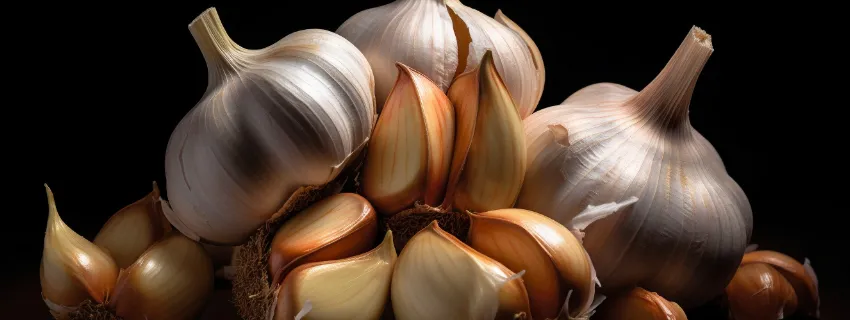
The colors of tomato bruschetta: the white of garlic.
‘Alium sativum’, also known as garlic, is another fundamental ingredient to prepare the classic bruschetta. Rubbing a small clove on a toasted slice of bread, gives it a very strong flavor, spicy and persistent, probably not the best choice for the most delicate palates. Its plant is originally from Asia: from this continent, it spread to the Mediterranean countries and later to the rest of the world. There are proofs that the Ancient Egyptians made great use of it since they understood its pharmacological properties: it seems that they fed their slaves with a lot of garlic to keep them healthy.
Nowadays it’s common knowledge that, when used raw, it’s a strong antibiotic, has antiseptic properties and strengthens the immune system. It’s also the best food to prevent myocardial, since improves blood fluidity and reduces the formation of clots.

The colors of tomato bruschetta: the red of tomato.
Tomato plant belongs to the Solanaceae family. The Aztecs were the first to select the edible types of its fruit and to grow them. They used the ‘xitomatl’ to prepare beverages and sauces like, for example, the spicy ‘chimole’. It was initially cultivated only in Center and South America, remaining unknown in Europe until the middle of the Sixteenth Century, when Hernán Cortés, returning from an expedition to the New World, brought it back to Spain.
In the old continent, for many years, it was not considered as food and used just as a lovely ornamental object.
Tomato started to be widely grown and used as food only at the end of the Eighteenth Century.
The first recipe for pasta with tomato sauce can be found in a book dating 1839: ‘Cusina casarinola co la lengua napolitana’ by Ippolito Calvalcanti.
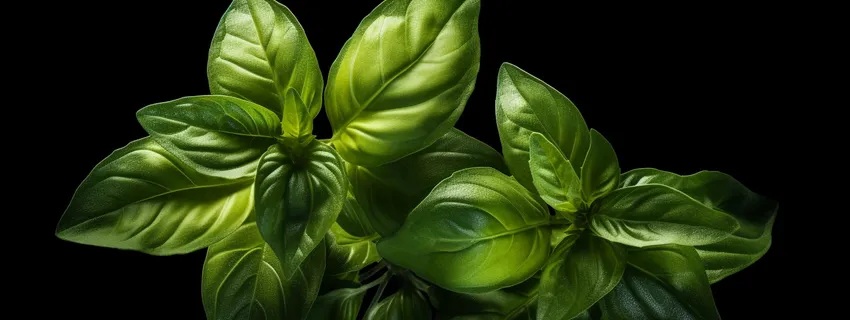
The colors of tomato bruschetta: the green of basil
Basil is an aromatic plant originally from India, where it was used since ancient times to celebrate sacred functions and to make unguents for kings.
This would explain the etymology of its name: the word ‘basileus’ once designated high ranking people. The first evidence about the use of basil as cooking ingredient dates back to the Renaissance.


A bruschetta for each Italian region.
Italy, although relatively small, is incredibly rich in history, culture and traditions. Bruschetta may be a good example of such a great variety, since every Italian region has its type. Even the ingredients may have different characteristics depending on the place: this becomes quite evident comparing, for example, bread from Altamura with Tuscan bread.
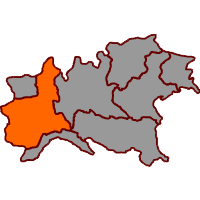 Piedmont: In this region, the name commonly used for bruschetta is ‘soma d’aj’, where ‘soma’ means ‘load’, the heavy pack carried by donkeys, and ‘aj’ is the local dialect for ‘aglio’ (garlic). This particular name indicates that the taste of this preparation is very strong and spicy.
Piedmont: In this region, the name commonly used for bruschetta is ‘soma d’aj’, where ‘soma’ means ‘load’, the heavy pack carried by donkeys, and ‘aj’ is the local dialect for ‘aglio’ (garlic). This particular name indicates that the taste of this preparation is very strong and spicy.
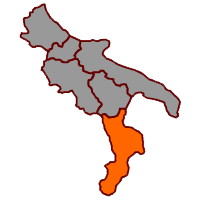 Calabria: In this region, bruschetta is known as ‘fedda ruscia’, meaning ‘roasted slice’. Just a few ingredients are used to make it: tomato, salt, pepper and extra virgin olive oil. Their quality is of great importance.
Calabria: In this region, bruschetta is known as ‘fedda ruscia’, meaning ‘roasted slice’. Just a few ingredients are used to make it: tomato, salt, pepper and extra virgin olive oil. Their quality is of great importance.
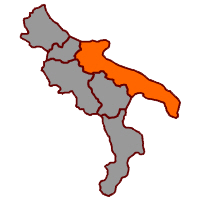 Puglia: In this region, bruschetta was born as cheap food for peasants: they ate it during the rare breaks from work in the fields. The famous bread from Altamura is commonly used to make it: its slices are slightly toasted and seasoned using some delicious extra virgin oil, made by cold pressing local olives. The classic preparation is completed adding the small, sweet tomatoes produced in Brindisi, garlic, salt and pepper.
Puglia: In this region, bruschetta was born as cheap food for peasants: they ate it during the rare breaks from work in the fields. The famous bread from Altamura is commonly used to make it: its slices are slightly toasted and seasoned using some delicious extra virgin oil, made by cold pressing local olives. The classic preparation is completed adding the small, sweet tomatoes produced in Brindisi, garlic, salt and pepper.
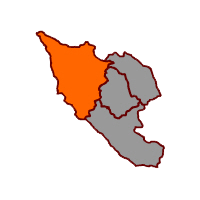 Tuscany: This is the region where the famous Italian poet Dante Alighieri was born. Here, bruschetta is also known as ‘fettunta’, that means ‘oiled slice’. Tuscan bread is used to prepare it: it’s also known as ‘silly bread’, because it’s made without salt. The ingredients for the basic seasoning are just extra virgin olive oil, garlic, salt and pepper. Fettunta is often accompanied by meat or salami.
Tuscany: This is the region where the famous Italian poet Dante Alighieri was born. Here, bruschetta is also known as ‘fettunta’, that means ‘oiled slice’. Tuscan bread is used to prepare it: it’s also known as ‘silly bread’, because it’s made without salt. The ingredients for the basic seasoning are just extra virgin olive oil, garlic, salt and pepper. Fettunta is often accompanied by meat or salami.


Bruschetta and the Christian religion.
Bread is without doubts the fundamental part of any kind of bruschetta. Stale bread is frequently used: once toasted, it receives a sort of ‘new life’, a form of rebirth that relates this preparation to the first religion in Italy, the Catholicism.
Read more
In this religion renewal and resurrection play a crucial role. Regarding this, it’s important to remember that during the Eucharist, its most significant sacrament, bread becomes God himself. Not surprisingly, Italians are very attached to this kind of food and hate to waste it: for them, it’s ‘un vero peccato’, ‘a true sin’.
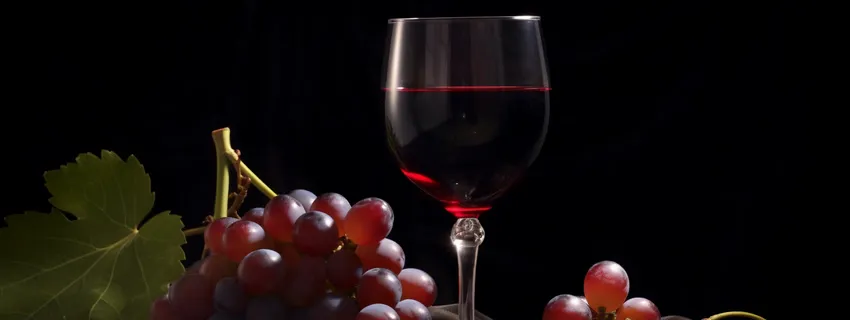
The right beverage for bruschetta.
One of the best choices to accompany a slice of tomato bruschetta is a Chianti wine:
- Its softness balances the spiciness of the garlic and the acid tendency of the tomato.
- The alcohol balances the greasiness of the olive oil.
- The acidity balances the sweet tendency of the bread.
Copyright information.
The images displayed in this page belong to WebFoodCulture.
